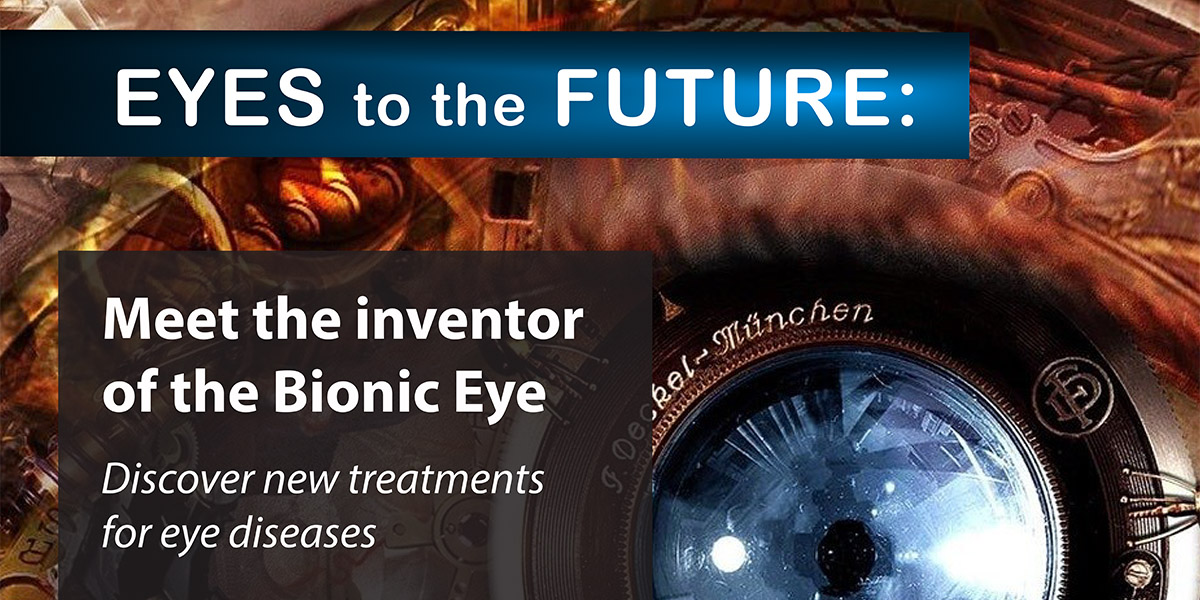
Congressional Briefing – September 29, 2017
Breakthrough Eye Research
As part of Healthy Aging Month, AIMBE, in cooperation with the Congressional Research and Development Caucus, hosted a congressional lunch briefing featuring two biomedical engineers that have made tremendous strides in eye health care, including the Inventor of the World’s First Artificial Retina.
It is projected that the annual cost of vision disorders in the United States by 2050 will be $373 billion−or $717 billion when adjusted for inflation. This cost is driven by an aging population in need of more advanced eye health care.
Nearly 40 congressional staffers attended this important discussion about how biomedical engineers are working to solve this problem through research and development supported by federal science agencies, including the National Eye Institute.
Tejal Desai, PhD, Professor and Chair of Bioengineering and Therapeutic Sciences at the University of California, San Francisco (UCSF), and Mark S. Humayun, MD, PhD, Cornelius J. Pings Chair in Biomedical Sciences at the University of Southern California (USC), briefed congressional staff about their work developing new technologies and therapies for treating vision loss.
Dr. Desai discussed her work using nanotechnology to deliver medicine to hard-to-reach areas of the eye more precisely and efficiently, without having to go to the doctor for weekly shots. New drug delivery methods for therapeutic eye treatments are critical in increasing the quality of life for vision patients, as well as reducing costs.
Dr. Humayun highlighted his work on the Arugus II, the first FDA-approved retinal prothesis that offers an unprecedented degree of sight to patients with complete retinal blindness. The project was funded by National Institutes of Health (NIH)/National Eye Institute, Office of Science at the U.S. Department of Energy, National Science Foundation, W.M. Keck Foundation, and Research to Prevent Blindness.
 AIMBE
AIMBE
